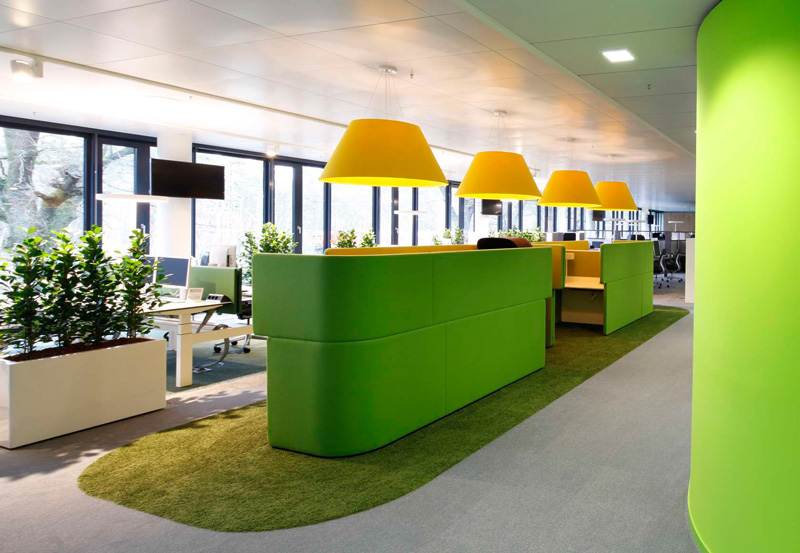Office design is not just a matter of making everything cosy or industrial – it’s not about making sure all the equipment is there and keeping all other costs at a minimum. On the contrary, an office is a place where your staff will spend about one third of the 24 hours a day they have, and it needs to be designed to make them as productive as possible.

This is not always an easy task – as a matter of fact, a lot of research has gone into office design, and it shows that the design you choose for the office can have some serious consequences when it comes to efficiency. Ever wonder how to make the most of your working space? Here’s how to best foster productivity in your office space design.
Closed cubicles
Closed cubicles were introduced in the 1960s when Robert Propst, designer, propagated the idea that workers needed autonomy and privacy in order to be able to be effective at their job. However, the idea took on to a large extent because it was soon made clear that managers were able to fit a lot more people in a limited space – hence, minimising the value of floor space per staff member.
The open space
The open space lays focus on having no walls – we can all see each other, and there is little or no privacy. The idea was promoted because the plan is said to encourage open communication and creativity. It’s all about working together to solve problems.
Considering the two
It’s a common debate – not one that will go away very soon; which is best, the open space or the closed cubicle? Beware, however, since studies show that staff working in an open space tend to complain of lack of privacy, whilst both environments still don’t solve the problem of interfering ‘noise’.
Lighting is important
As much as possible, look to give your employees the benefit of natural lighting – study after study has shown that employees not only feel better, but are also more productive with the benefit of natural lighting. If this is not possible, ensure proper lighting at all times.
Add some colour
Green is great for creativity; red boosts energy. Blue has a calming effect. Do your research and add some appropriate colours. Think not only in terms of wall colour, but also in terms of highlights and office sections.
Of course, you always consider the specific job of the employee first of all – you may think that having an open, creative space is great, but if it interferes with the employee being able to accommodate business visitors, then it’s in vain. Think practical, but think the project through. Your office design has serious consequences. For the best results, you can always turn to the experts for your commercial office furniture projects.



